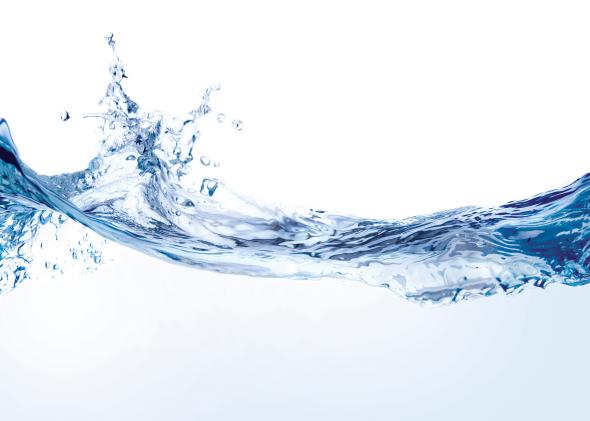After 7 months of focus on structure, posture, and basic techniques, it is now time to switch gear to spend more time on fluidity and intention. Don’t get me wrong, structure is crucial at any level, and we will clearly spend much more time on it going forward. But working solely on structure can be counterproductive at times, and here is why.
Most people need their posture to be fixed. We all get bad habits in our daily lives, we all tend to put way too much power where it’s not needed, in short we can do much better with the way we stand, sit and walk. And that’s exactly the first objective of Aunkai training. But by focusing on Tanren and exercises like push out and walking Maho, we can have a tendency to become stiff. We get very conditioned bodies that can generate and receive power, and that’s all good. But then what do we do with it? Getting good at push out (or at any exercise for that matter) doesn’t matter. Exercises are here to help us get better at martial arts, not to get good at the exercises. Who cares about the exercises really?
Stiffness is not a fatality when one works on structure, far from it, and Akuzawa sensei or some of his senior instructors like Miyakawa san or Manabu are remarkable examples of people with amazing structures not being stiff. On the contrary, one cannot watch Akuzawa sensei without noticing how much movement there is in his practice. He accepts movement, stability and instability, and the different elements of his body keep moving. There’s real freedom in the way he moves.
There’s no life without movement, and there’s no bujutsu either. Every time you block, stiffen your body, stop moving, this is an opportunity for your opponent. Bujutsu is not something where you can leave space for your opponent to come back, you need to be on top of things all along. What happens when we are too rigid? We don’t flow from one move to the other, and there starts being identifiable gaps between each moves. That’s even more visible when you try to go fast, each move will be fast, but pauses between them will be there. And you just can’t pause. A better approach to movement, in my opinion, is that of Tai Chi: a smooth, fluid, slow motion way of moving where every move is simply linking to the next. Speed does not matter, at least at first, the time to clean up the flow.
Back to class, focusing on fluidity means we are going to build up on sensitivity and on moving without pausing, as slow as it needs to be. But working slowly doesn’t mean making things empty, and this is where intention comes in place. Intention and intensity have to be present, whatever the selected speed of the practice. If I do not feel attacked on the mats, how am I going to learn anything? If Uke doesn’t feel the danger when I’m defending, how is that going to work? As part of fluidity and intention, we will focusing on the concept of Ukemi (receiving with the body) and more precisely for Uke to understand how to protect himself. If I’m clearly going to punch you in the face, or better yet, to stab you, chances are that outside of the dojo you would not stoically wait for it to happen, so why would that be different in the dojo? My role as Uke is before all to attack Tori with all my heart, not to look forward to be defeated.
Quite a few things going on around these topics as you can see, and a lot to explore. Concretely what does it mean? A lot of exercises to create some freedom of movement and a lot of randori. I’m looking forward to the coming months!
